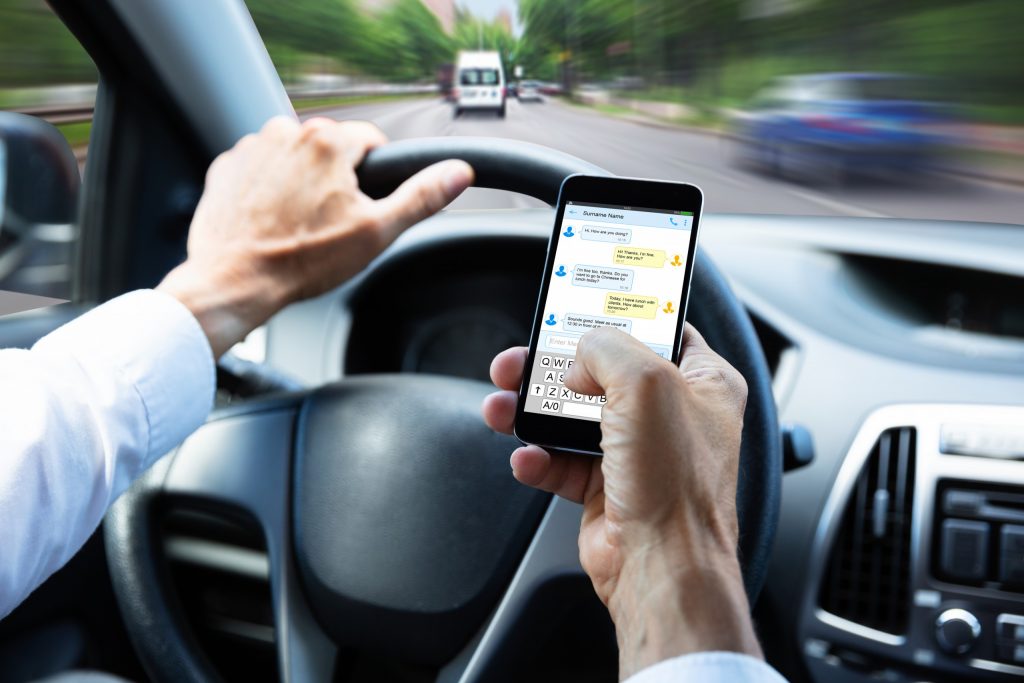[ad_1]
IoT technology in this days with the 100 most deadly days for teen drivers are underway. The time period between Memorial Day and Labor Day, according to AAA, makes up the “100 Deadliest Days,” when more than 30% of deaths involving teen drivers occur. In fact, AAA’s data suggests that on average, during these 100 days, seven people in the U.S. die per day in teen driver-related auto crashes. Young drivers lack the experience that more seasoned drivers have, and this reality will not change. However, the vehicles people drive are changing, becoming smarter and more connected. Can driver-assistance and autonomous-vehicle technologies turn the 100 days between Memorial Day and Labor Day into just another 100 days?
AAA says for every mile driven, drivers aged 16 and 17 are three times more likely to be involved in a deadly crash compared to drivers in other age groups. Between 2010 and 2019, more than 7,000 people lost their lives in summertime crashes involving teen drivers. It’s not just summer, either. Year-round, teen drivers are at risk, with traffic collisions being the No.1 cause of death for 16-19-year-old Americans. It’s a problem that affects not only teens and their families but also every single driver sharing the road with teen drivers. Teens are at higher risk of a collision when they drive with other teens as passengers, when they drive at night, when they speed, when they’re drowsy, and when they’re impaired. Distracted driving is also a major concern. According the CDC’s most recent Youth Risk Behavior Study, which reflects data from 2019, 39% of U.S. high school students admit to texting or emailing while driving.
A new study from researchers at the Texas A&M Transportation Institute leveraged factor analysis on a unique distracted-driving dataset to understand phone use while driving and suggest ways to curb it. The research found that, in general, drivers are more likely to use their phones while driving on a road with a shoulder, median, or access control. Lower speed limits on urban roadways also tended to correlate with distracted-driving events. This type of research can help transportation authorities identify higher-risk areas and situations and work to mitigate these threats using various strategies. Education can also go a long way, particularly in the case of teen drivers, who lack the experience of other age groups. But technology can also help. How much of an impact will it make when cars (and the surrounding infrastructure) are smart and connected enough to compensate for drivers’ distraction and other inadequacies?
Allied Market Research predicts the global autonomous vehicle market will reach $556.67 billion by 2026, up from $54.23 billion in 2019. Because AVs (autonomous vehicles) constantly sense the surrounding environment, they can react even when the human driver behind the wheel can’t—whether it’s because the driver is distracted, impaired, or simply not able to process a situation quickly enough. AV technologies will reduce, maybe even eliminate accidents caused by manual driving errors, leveling the playing field for all drivers, no matter what their age, maturity, or experience level may be.
How close are we to this future? The NHTSA (National Highway Traffic Safety Admin.) has outlined five eras of safety in transportation. This year, 2021, falls within the fourth category: Partially Automated Safety Features (2016-2025). After 2025, the NHTSA predicts society will have moved into an era characterized by vehicles possessing fully automated safety features, including highway autopilot. Hopefully by the end of this decade, the “100 Deadliest Days” will be a thing of the past—a reminder of how far transportation has come thanks to technology.
Want to tweet about this article? Use hashtags #IoT #sustainability #AI #5G #cloud #edge #digitaltransformation #machinelearning #distracteddriving #AV #autonomousvehicles #driversafety #transportation
[ad_2]







